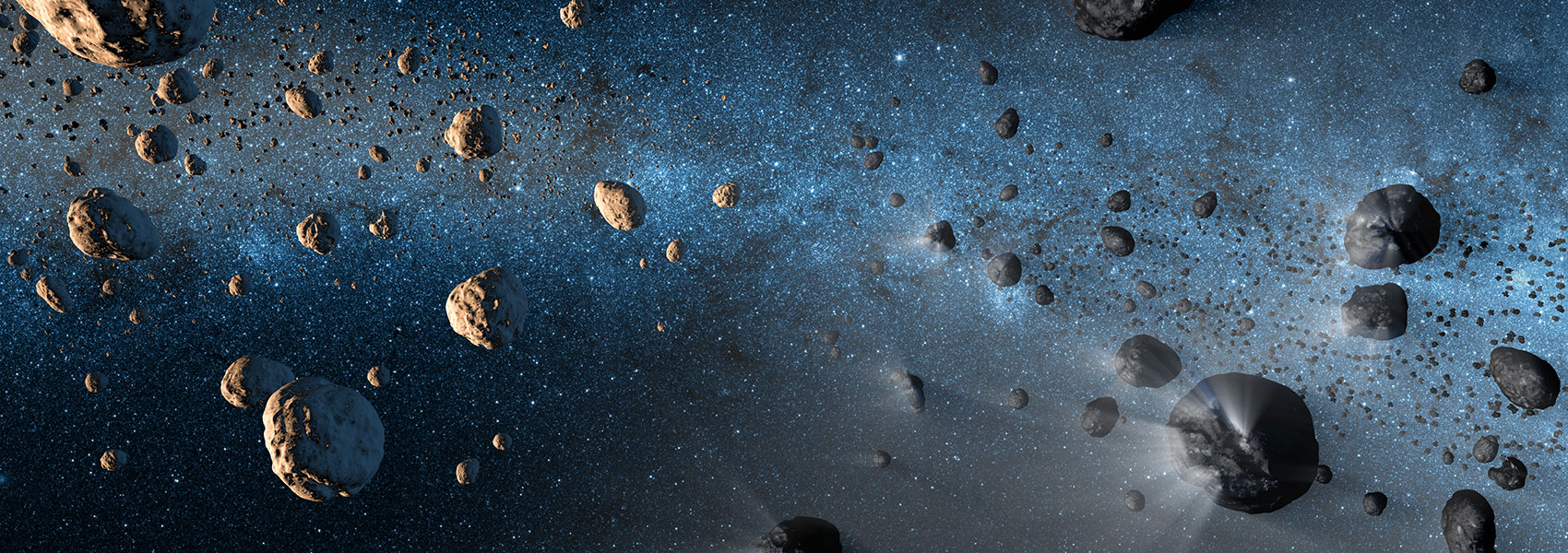June
2014
•
2014A&A...566A.136M
Authors
•
Murata, K.
•
Matsuhara, H.
•
Inami, H.
•
Wada, T.
•
Goto, T.
•
Armus, L.
•
Pearson, C.
•
Serjeant, S.
•
Miyaji, T.
Abstract
•
We study the behaviour of polycyclic aromatic hydrocarbon (PAH) emission in galaxies at z = 0.3-1.4 using 1868 samples from the revised catalogue of AKARI North Ecliptic Pole Deep survey. The continuous filter coverage at 2-24 μm makes it possible to measure 8 μm luminosity, which is dominated by PAH emission, for galaxies at up to z = 2. We compare the IR8 (≡LIR/L(8)) and 8 μm to 4.5 μm luminosity ratio (νL(8) /νL(4.5)) with the starburstiness, RSB, defined as excess of specific star-formation rate over that of main-sequence galaxy. All AGN candidates were excluded from our sample using a spectral energy distribution fitting. We find νL(8) /νL(4.5) increases with starburstiness at log RSB< 0.5 and stays constant at higher starburstiness. On the other hand, IR8 is constant at log RSB< 0, while it increases with starburstiness at log RSB> 0. This behaviour is seen in all redshift range of our study. These results indicate that starburst galaxies have deficient PAH emission compared with main-sequence galaxies. We also find that galaxies with extremely high νL(8) /νL(4.5) ratio have only moderate starburstiness. These results suggest that starburst galaxies have compact star-forming regions with intense radiation, which destroys PAHs, and/or have dusty HII regions resulting in a lack of ionising photons.
Links




